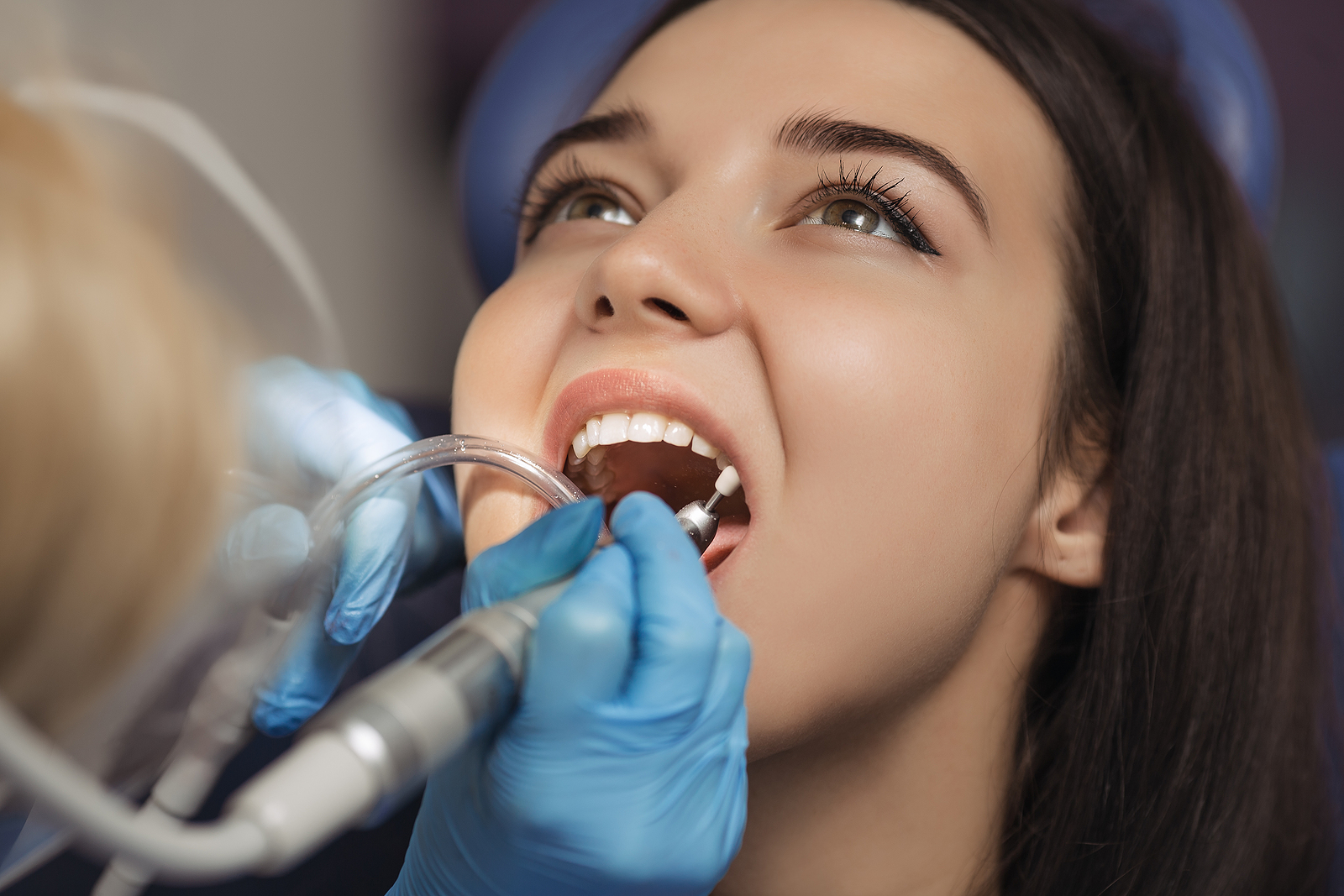Get in touch with Wesley Yemoto DDS at 4860 Cherry Avenue #F, San Jose, CA 95118, or call (408) 266-9957 if you suspect you are suffering from either stage of periodontal disease.
EMAIL OR CALL: (408) 266-9957
- Home
- Our Practice
- Services
- Cosmetic Dentistry
- Tooth Replacement
- Pinhole Surgery
- Orthodontics
- Sleep Apnea
- Extractions
- Holistic Dentistry
- Family Dentistry
- Nonsurgical Gum Treatment
- Implant Restoration
- Integrative Medicine
- Bacterial Testing
- Soft Tissue Treatment
- Laser Dentistry
- Fillings
- Cosmetic Dentistry In Los Gatos, Ca
- Tooth Replacement In Los Gatos, Ca
- Pinhole Surgery In Los Gatos, Ca
- Orthodontics In Los Gatos, Ca
- Sleep Apnea In Los Gatos, Ca
- Extractions In Los Gatos, Ca
- Holistic Dentistry In Los Gatos, Ca
- Family Dentistry In Los Gatos, Ca
- Nonsurgical Gum Treatment In Los Gatos, Ca
- Implant Restoration In Los Gatos, Ca
- Integrative Medicine In Los Gatos, Ca
- Laser Dentistry In Los Gatos, Ca
- Fillings In Los Gatos, Ca
- Cosmetic Dentistry In Cupertino, Ca
- Tooth Replacement In Cupertino, Ca
- Pinhole Surgery In Cupertino, Ca
- Orthodontics In Cupertino, Ca
- Sleep Apnea In Cupertino, Ca
- Extractions In Cupertino, Ca
- Holistic Dentistry In Cupertino, Ca
- Family Dentistry In Cupertino, Ca
- Nonsurgical Gum Treatment In Cupertino, Ca
- Implant Restoration In Cupertino, Ca
- Bacterial Testing In Los Gatos, Ca
- Soft Tissue Treatment In Los Gatos, Ca
- Integrative Medicine In Cupertino, Ca
- Bacterial Testing In Cupertino, Ca
- Soft Tissue Treatment In Cupertino, Ca
- Laser Dentistry In Cupertino, Ca
- Fillings In Cupertino, Ca
- New Patients

Warning Signs of Gum Disease: When to See a Periodontist
Gum disease is more common than you might think, and it can sneak up on anyone. What starts as mild irritation can escalate into serious health issues if left untreated. Many people are unaware of the warning signs, which makes early detection crucial. Your gums hold the key to your oral health, and understanding how to care for them can save you from future complications.
In this blog post, we'll dive into what gum disease really is and explore when it's time to see a periodontist for help. Whether you're experiencing symptoms or just want to be proactive about your dental wellness, knowledge is power! Let’s empower ourselves with information that could protect our smiles for years to come.
What is a Periodontist?
A periodontist is a dental specialist focusing on the prevention, diagnosis, and treatment of gum disease. They have advanced training beyond general dentistry, often completing an additional three years of education.
These professionals understand the complexities of periodontal health. Their expertise covers everything from routine cleanings to more complex surgical procedures.
Periodontists also play a vital role in maintaining overall oral health. They help patients manage conditions that could lead to tooth loss if left untreated.
If you’re experiencing issues with your gums or are at higher risk for gum disease, a periodontist can provide personalized care tailored to your needs. Whether through nonsurgical gum treatment methods or advanced techniques, they focus on restoring and preserving your smile’s foundation.
Common Symptoms of Gum Disease
Gum disease can often go unnoticed in its early stages. However, being aware of the symptoms is crucial for timely intervention.
- One common sign is gum bleeding during brushing or flossing. If you notice this regularly, it may indicate inflammation.
- Swollen or red gums are another clear indication that something isn’t right. Healthy gums should be firm and pale pink.
- Persistent bad breath can also signal potential issues beneath the surface. This odor might not vanish even after brushing.
- As gum disease progresses, you might experience receding gums. This means your teeth appear longer than usual as the gum tissue pulls away.
- Loose teeth can occur as the supportive structures weaken over time. Ignoring these indications could lead to more serious dental problems down the road.
Risk Factors for Developing Gum Disease
Several factors can increase your risk of developing gum disease.
- Poor oral hygiene is a primary culprit. Neglecting regular brushing and flossing allows plaque to build up, leading to inflammation.
- Smoking or using tobacco products also plays a significant role. These habits weaken gum tissue and hinder healing processes in the mouth.
- Certain medical conditions, like diabetes, heighten vulnerability to infections, including those affecting the gums. Medications that cause dry mouth can further complicate matters by reducing saliva flow, which is essential for oral health.
- Genetics shouldn’t be overlooked either. A family history of gum disease may predispose you to similar problems.
- Hormonal changes during pregnancy or menopause can make gums more sensitive and susceptible to infection. Understanding these risks helps in taking proactive steps toward maintaining healthy gums.
The Importance of Early Detection and Treatment
Early detection of gum disease is crucial for maintaining your oral health. When identified early, the condition can often be reversed with simple interventions. Ignoring symptoms can lead to more severe issues that are harder and costlier to treat.
Timely treatment prevents bacteria from spreading deeper into the gums and surrounding tissue. This not only protects your smile but also reduces the risk of tooth loss in the long run.
Regular check-ups with a periodontist are essential. They have specialized knowledge and tools to catch problems before they escalate.
Additionally, understanding changes in your mouth’s health empowers you to take action quickly. Observing warning signs allows for proactive measures that benefit both your teeth and overall well-being.
Investing time in prevention will save you stress down the line. Don't wait until discomfort arises; prioritize vigilance when it comes to gum health. Contact us to learn more.
How a Periodontist Can Help Treat and Prevent Gum Disease
A periodontist specializes in the prevention, diagnosis, and treatment of gum disease. Their expertise goes beyond general dentistry, focusing on the supporting structures of teeth.
They provide tailored nonsurgical gum treatments to restore your oral health effectively. This may include scaling and root planing to remove plaque and tartar buildup beneath the gums.
Additionally, a periodontist can offer guidance on proper oral hygiene techniques. They equip you with tools that help maintain healthy gums at home.
Regular check-ups ensure any early signs of gum disease are detected quickly. Early intervention is crucial for preventing more severe issues down the line.
In cases where surgery is necessary, they have advanced skills to perform procedures like flap surgery or bone grafts as needed. Their goal is always focused on preserving your natural smile while promoting long-term wellness for your gums.
When to See a Periodontist: Warning Signs to Look Out For
Recognizing when to see a periodontist is crucial for maintaining your oral health.
- Pay attention to changes in your gums, such as swelling or redness. These can be early indicators of gum disease.
- Bleeding during brushing or flossing is another red flag. It’s not normal and should prompt you to seek professional help.
- If you notice persistent bad breath that doesn’t go away with regular dental care, this could signal an underlying issue.
- Receding gums also warrant immediate attention; they can lead to tooth sensitivity and more serious problems if left untreated.
- Loose teeth shouldn’t be brushed aside. This symptom often indicates advanced gum disease and requires urgent care from a specialist trained in nonsurgical gum treatment in San Jose, CA 95118.
Conclusion: Taking Care of Your Oral Health to Avoid Gum Disease
Taking care of your oral health is vital in preventing gum disease. Regular dental check-ups and maintaining a diligent home care routine can make all the difference. Brushing twice a day, flossing daily, and using mouthwash are simple yet effective habits to incorporate into your daily life.
Additionally, being mindful of your diet plays an important role. Foods rich in vitamins C and D can help strengthen gums, while sugary snacks should be limited to protect against plaque buildup. Staying hydrated is equally essential as it promotes saliva production, which naturally combats bacteria.
If you notice any warning signs, such as persistent bad breath, swollen or bleeding gums, or changes in bite alignment, it's crucial to act quickly. Seeking nonsurgical gum treatment in San Jose, CA 95118, from a qualified periodontist can prevent further complications and restore your oral health.
Investing time in preventative measures today will pay off with healthier teeth and gums tomorrow. Prioritize your oral hygiene routine; it’s an investment worth making for lasting smiles.
Location
4860 Cherry Avenue #F,
San Jose, CA 95118
Office Hours
MON - THU7:30 am - 4:30 pm
FRI - SUNClosed






comments